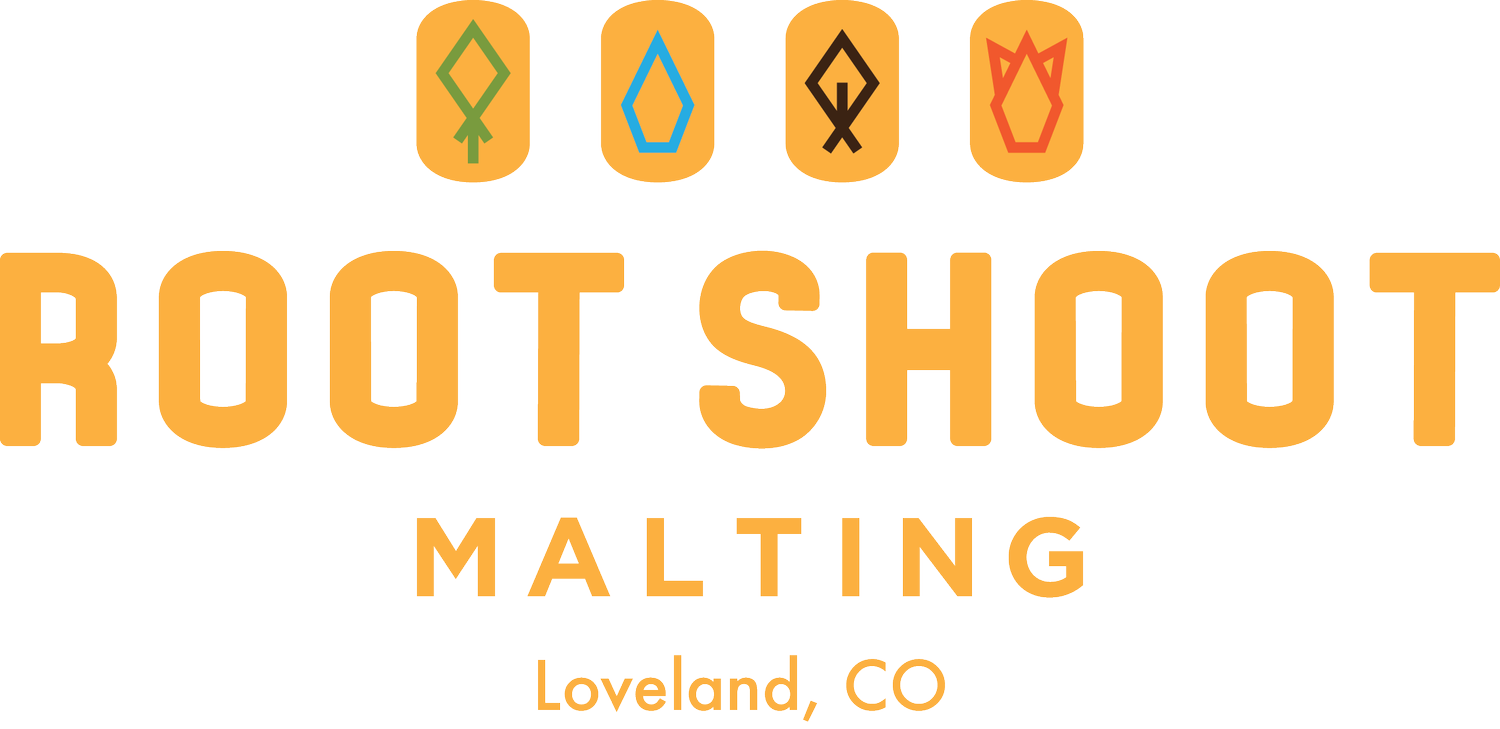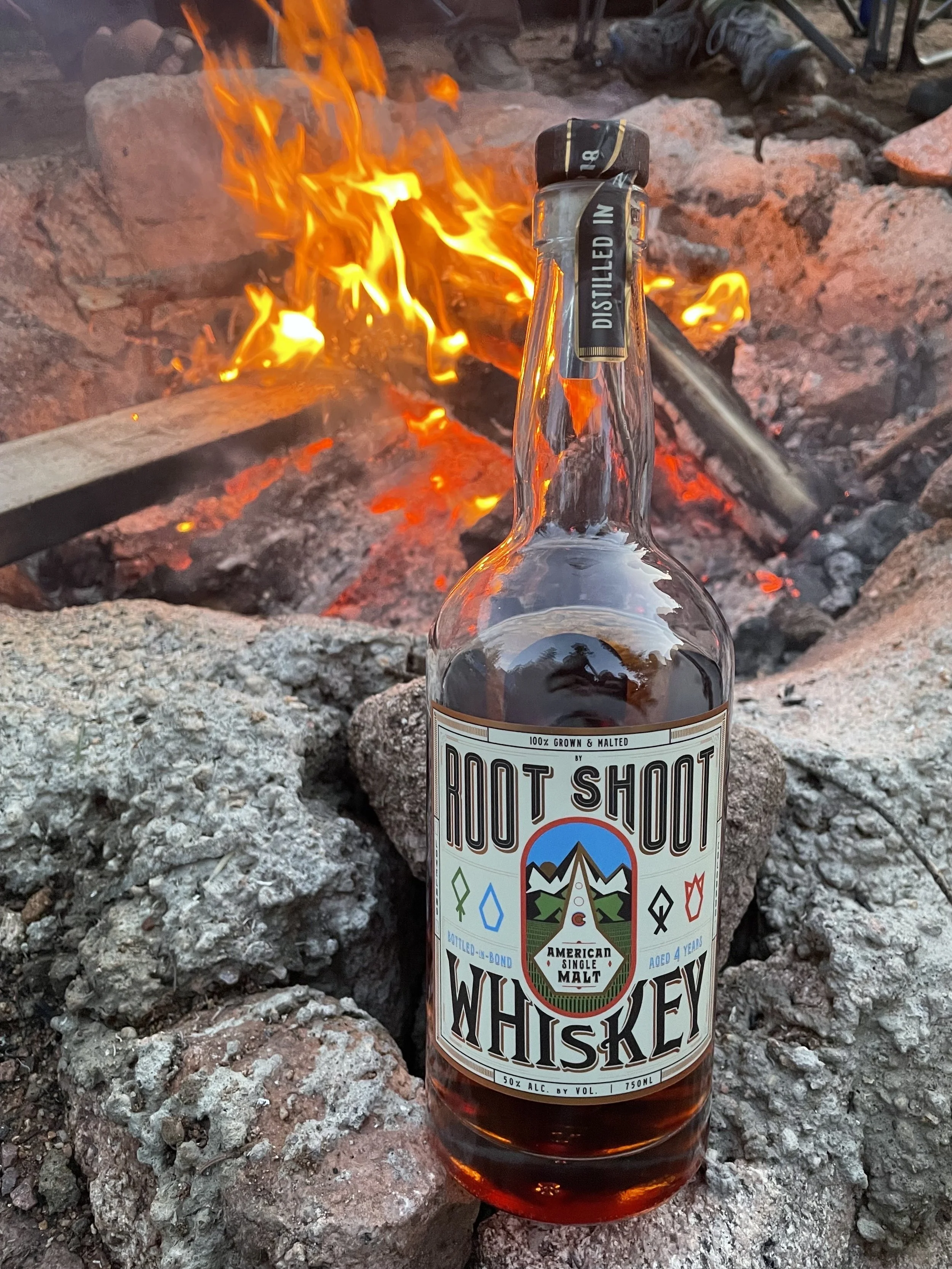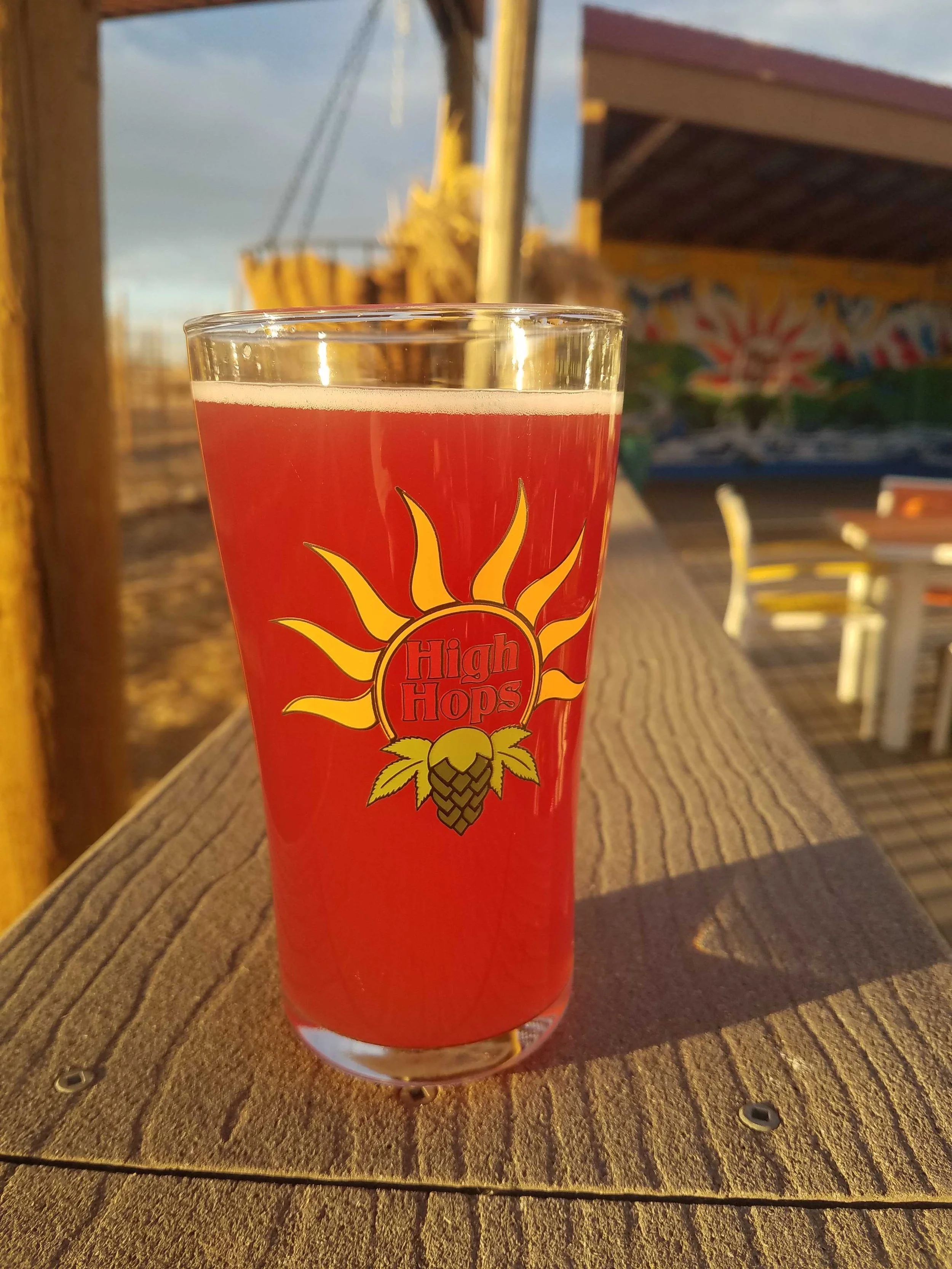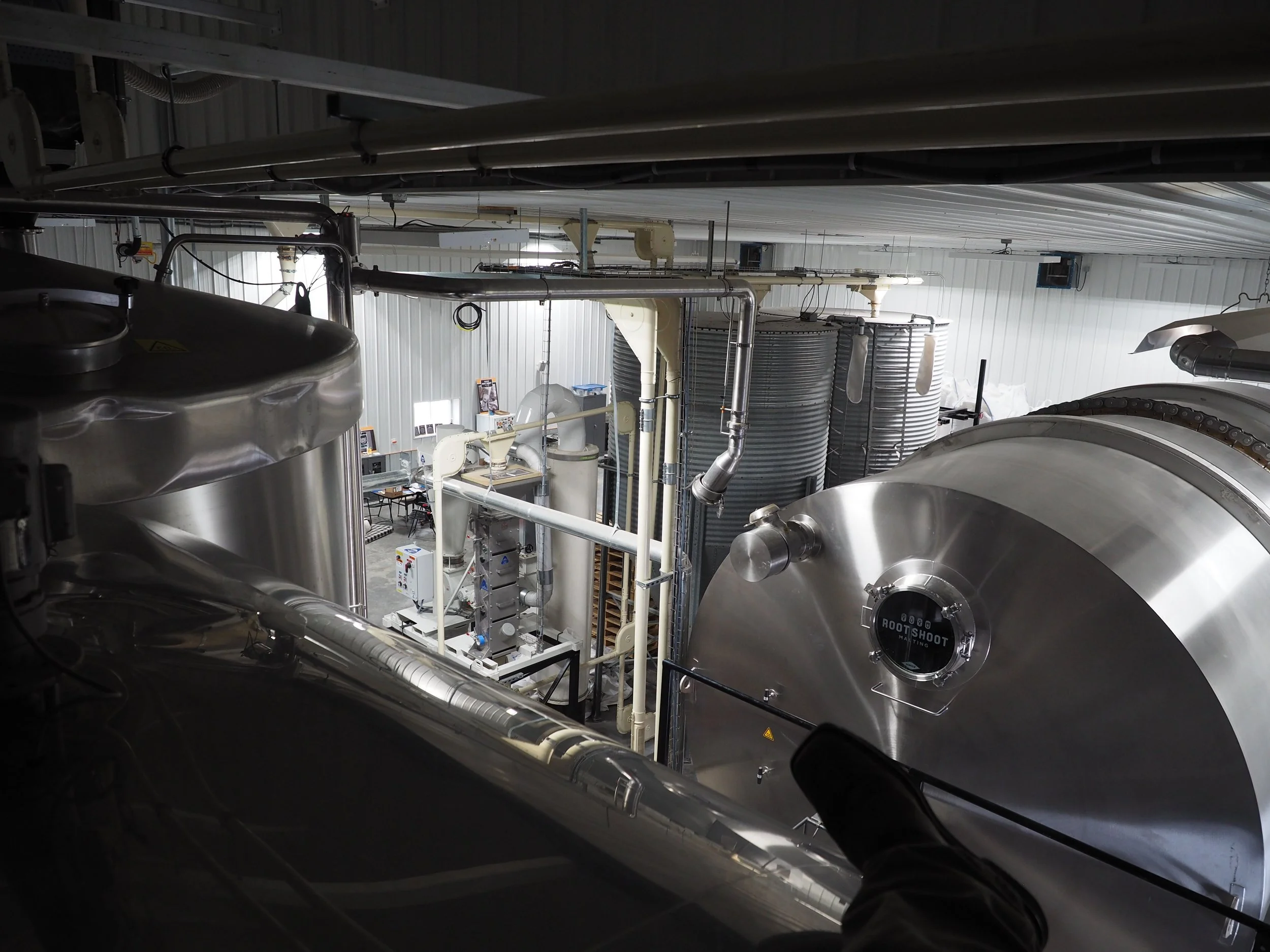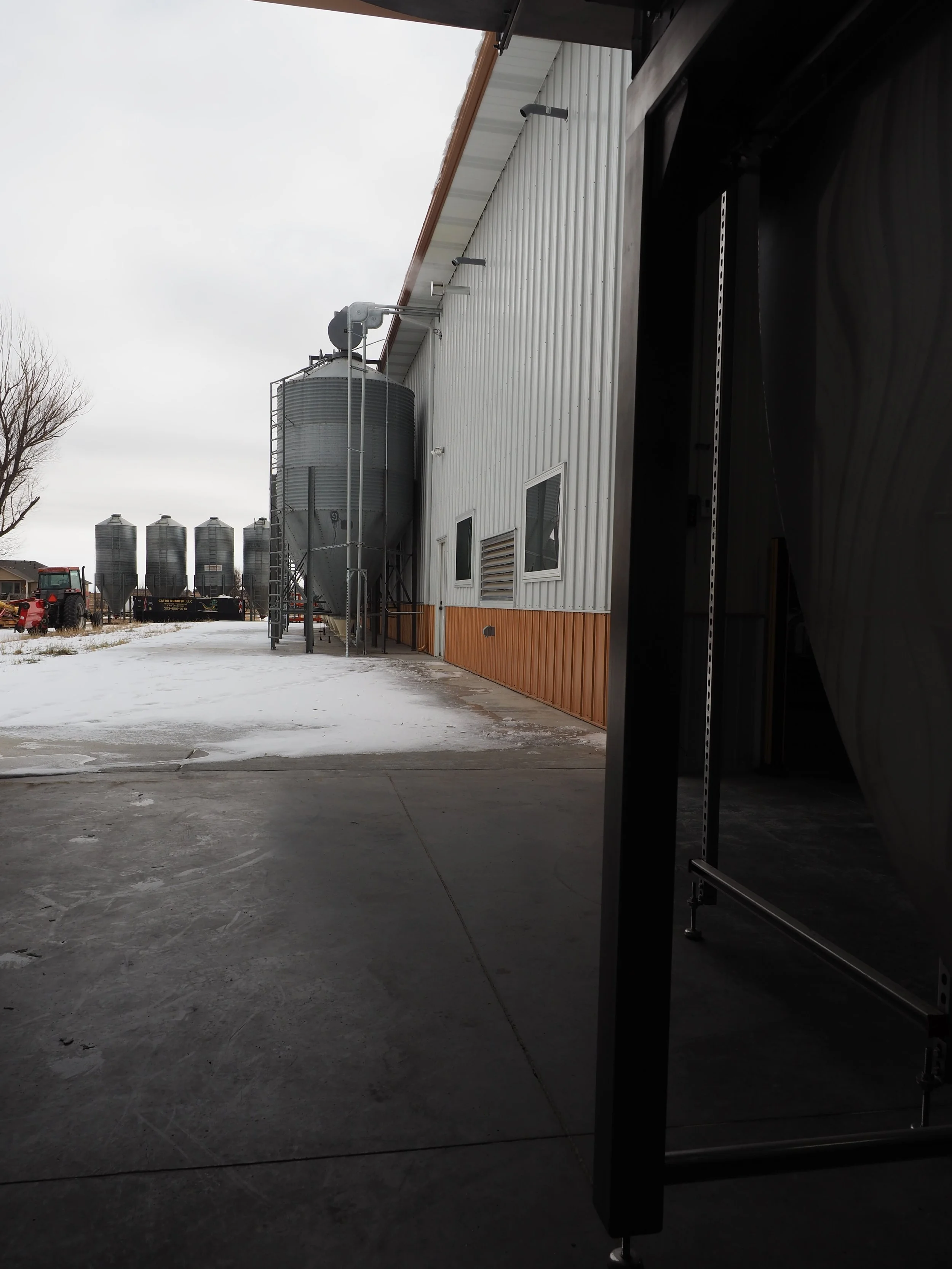It’s fall, y’all!
Time to gather ‘round the campfire, crack open a bottle of Root Shoot Whiskey, spend time with friends, and tell a few stories.
Seeing as how we’ve got our bottle and our fire right here, ready to go, we’ll start. We’ve got a little story to tell. It ends two weeks ago when we celebrated Root Shoot’s seventh anniversary in the middle of an alfalfa field with all our amazing partners: brewers, distillers, farmers, and craft drinkers. But the roots of our story began over seventy-five years previous, when the first Olanders began farming in the Front Range: a long line of farmers, growing crops and raising animals, generation after generation, steadily and faithfully until, four generations later, things got much harder. The farm crisis of the 1980s pushed farms to get big or go under. Land was split off, sold, and had to be repurchased again to keep the farm whole.. The profit margin became thinner and the development of agricultural lands more aggressive.
So, what is that fifth generation of farmers to do?
That, friends, is where the Root Shoot story begins.
And, as so many good things do, it all started with a beer…
A beer and a brewery tour, to be more specific. In 2014, Todd and Steve, along with Todd’s brother Mike took a tour of High Hops Brewery with a Young Farmers group. At this point, Todd was farming (he’s the key fifth generation we mentioned) but malting wasn’t even a consideration. That day, however, chatting with the folks at High Hops, Todd realized that purchasing local malt wasn’t even an option for Colorado craft breweries. It simply didn’t exist, at least in any meaningful quantities.
To use the obvious farming metaphor, a seed was planted. The Olanders had been growing barley for decades. But what if that barley could take the next step to being malt? What if it happened right there on the farm? Todd started visiting other local breweries. None were using craft malt. Many were interested. All said that to make the switch, the number one requirement would absolutely be consistency.
Brewery visits morphed into serious conversations. Emily and Todd began having in-depth discussions about what it would take to “save the farm.” How could they ensure a steady income? Protect the land? Keep agriculture successful in the rapidly changing Front Range of Colorado? Could malt work? Would malt work?
Did they really have any other viable options?
So, they did it.
In 2015 Todd traveled to Bamberg, Germany to meet with Kaspar Schulz, the only maker of labor-efficient, turn-key malting equipment at the time. The same year, they broke ground for a malthouse on the farm property and started scouring the internet for barley varieties that might work for quality craft malt. That first year, Todd planted seven different barley varieties. (He has since trimmed it down to one and a couple small test plots of trials each year.) They had no idea how those varieties would perform, no idea how they would malt. In fact, they had no idea how to actually malt them short of buying equipment that supposedly would make it happen. But, you know…details, details.
In 2016, the malthouse construction finished. The steep tank and first drum arrived from Germany, landing in Houston where the steep tank promptly had a crane fall on it, causing significant damage.
Custom malting equipment from Germany isn’t exactly something one can run out and purchase at your local Wal-Mart. A replacement tank would be at least a year off, so the ever-impressive farm crew simply took possession of the damaged tank and hammered and banged on it until it was usable again. In April, Todd took a course at the Canadian Malting Barley Technical Centre (CMBTC) on how to malt. In July, Kaspar Schulz sent out a crew to teach him how to use the malting system. In August, they worked together to make the very first batch of malt (Light Munich, if you’re wondering), then handed Todd the keys and hopped on a plane back to Germany. Root Shoot was now on its own, with exactly two (unpaid) employees: Todd and Emily.
Did you catch that? Let’s rewind and look at that timeline one more time.
Todd learned how to malt three months before his malting business opened and a full year after investing the time, money, and land in building a malthouse. At the time, he had zero confirmed customers. He had made exactly one batch of malt in his life, under supervision. The only people who knew how to work his malting system lived on another continent and had no U.S.-based operations.
Sometimes, the key to success is having no room for failure.
For a full year, the malthouse ran with just Emily and Todd. They figured out how to malt the seven different barleys they had grown, created recipes from scratch, learned how to use their new equipment, and, constantly, pounded the pavement for customers. On top of all of this, Todd was also running the farm and Emily was working her “real” job as a dental hygienist four days a week. They lived in Ft. Collins and frequently drove to Loveland at 2 a.m., just to check on a batch of malt. It was utter insanity.
And yet…it worked. They attended their first GABF with beers from Grimm Brothers and Resolute brewed for the event. City Star Brewing in Berthoud toured the malthouse with their staff, became Root Shoot’s first regular customer, and served as a huge advocate. In 2017 Root Shoot hired its first sales position, in 2018, fearless Malthouse Manager Mike came on board and did absolutely everything the malthouse required: malting, packaging, order-filling, cleaning. Root Shoot hosted its first Field Day, ordered a second drum, and began the process of putting the farm in a conservation easement.
Five years later, we can’t believe how far we’ve come.
We now have three drums running 365 days per year (and yes, we did eventually replace the original, damaged steep tank.) We have a fully staffed malthouse, with sales reps, packaging support, a dedicated driver, and even behind-the-scenes help with things like communications and HR. We still make Mike clean, occasionally, though, just to keep him honest.
Most importantly, however, we have built a dedicated community of craft malt lovers who believe in us and believe in what we’re doing.
You have no idea how reassuring that is.
We have so much to be grateful for. We also know we still have so much to do. Root Shoot Malting (and Root Shoot Sprits) are entirely dependent on our farming operation and Colorado farms are facing very real challenges right now, both from a changing climate and the accelerating loss of farmland to development. If the road behind us hasn’t been easy, the road ahead looks just as rocky…with one very important difference.
We have you.
We’re launching into our next seven years (and hopefully many more!) with a strong community of brewers, distillers, fellow maltsters, and craft beverage drinkers who have shown that craft malt can work. So, really, our story doesn’t end in the alfalfa field of this year’s Field Day. It just moves into the next phase, one in which we’re not scrambling to make it alone but rather working with all of our wonderful partners as a cohesive community showing that it is possible to save farms…one beer (and whiskey) at a time.
Our heartfelt thanks for joining us on this journey.
Your RSM Team
